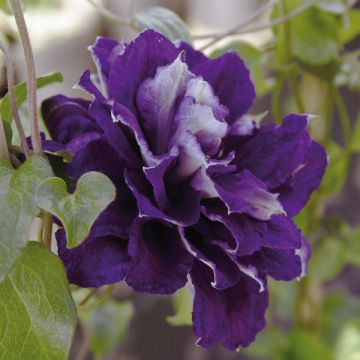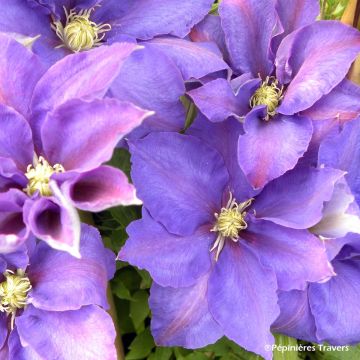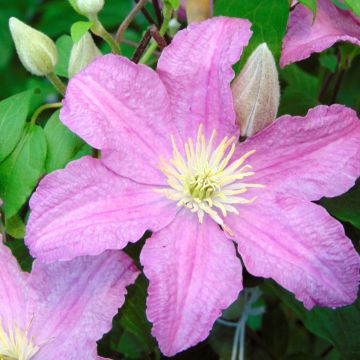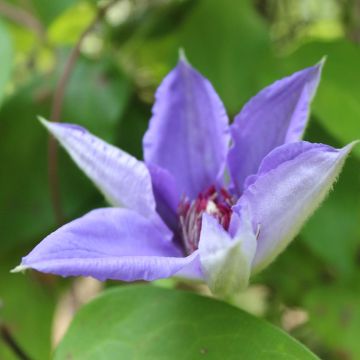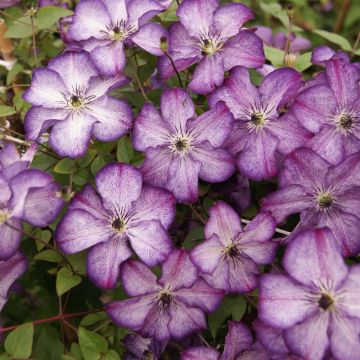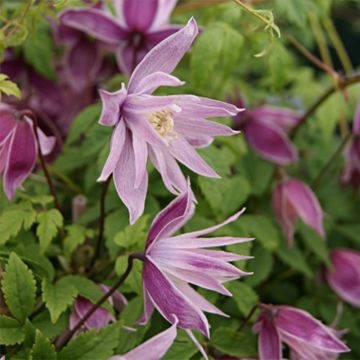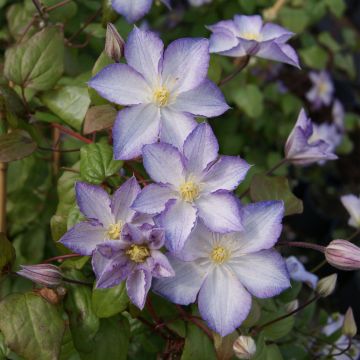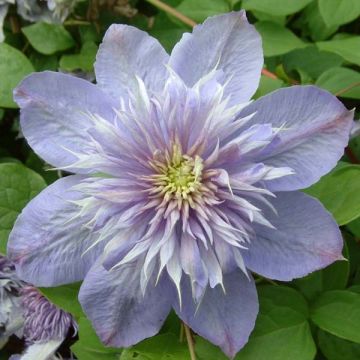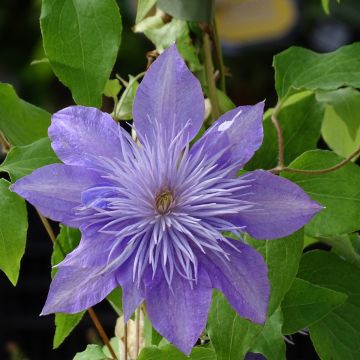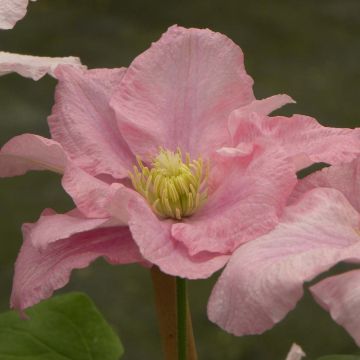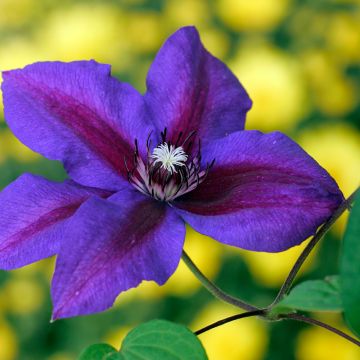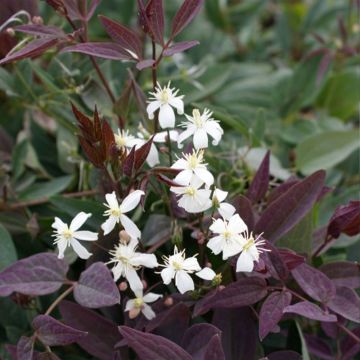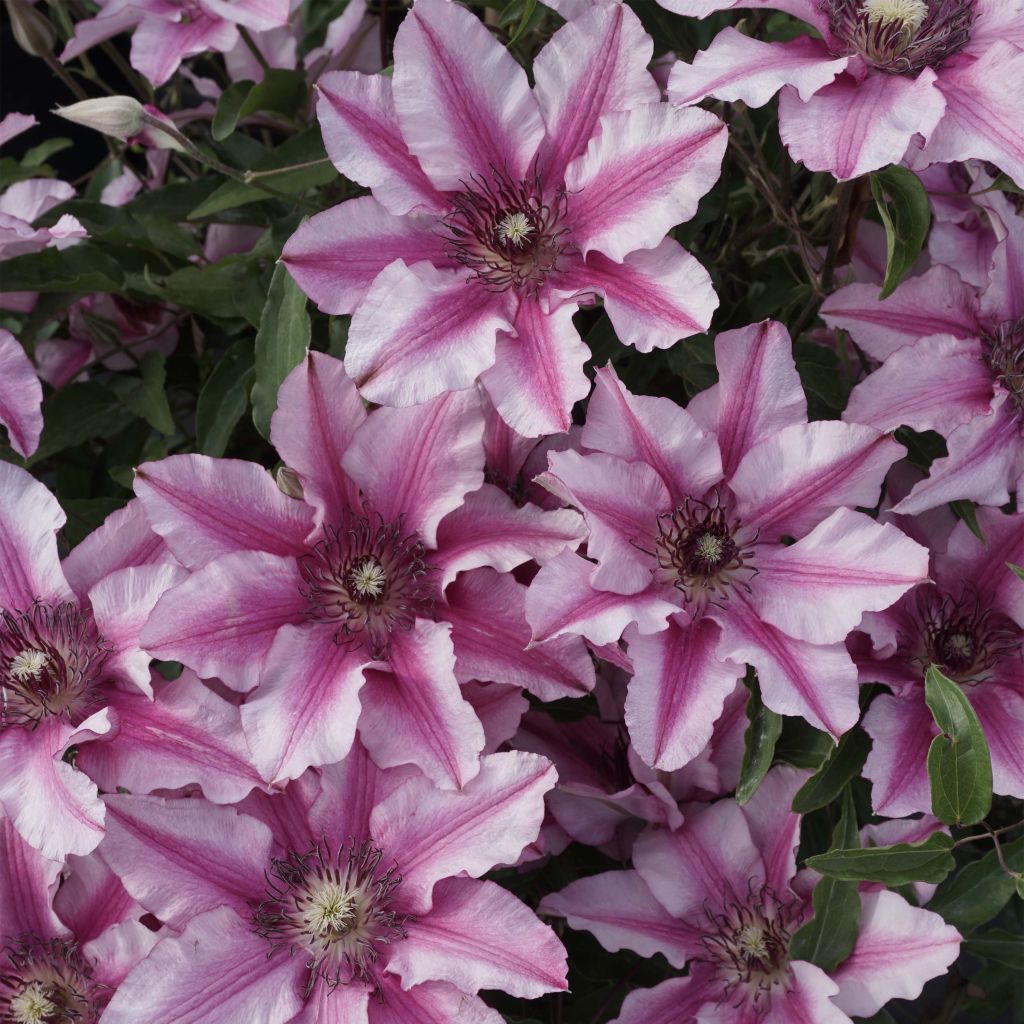

Clematis patens Isabella (Zo12220)
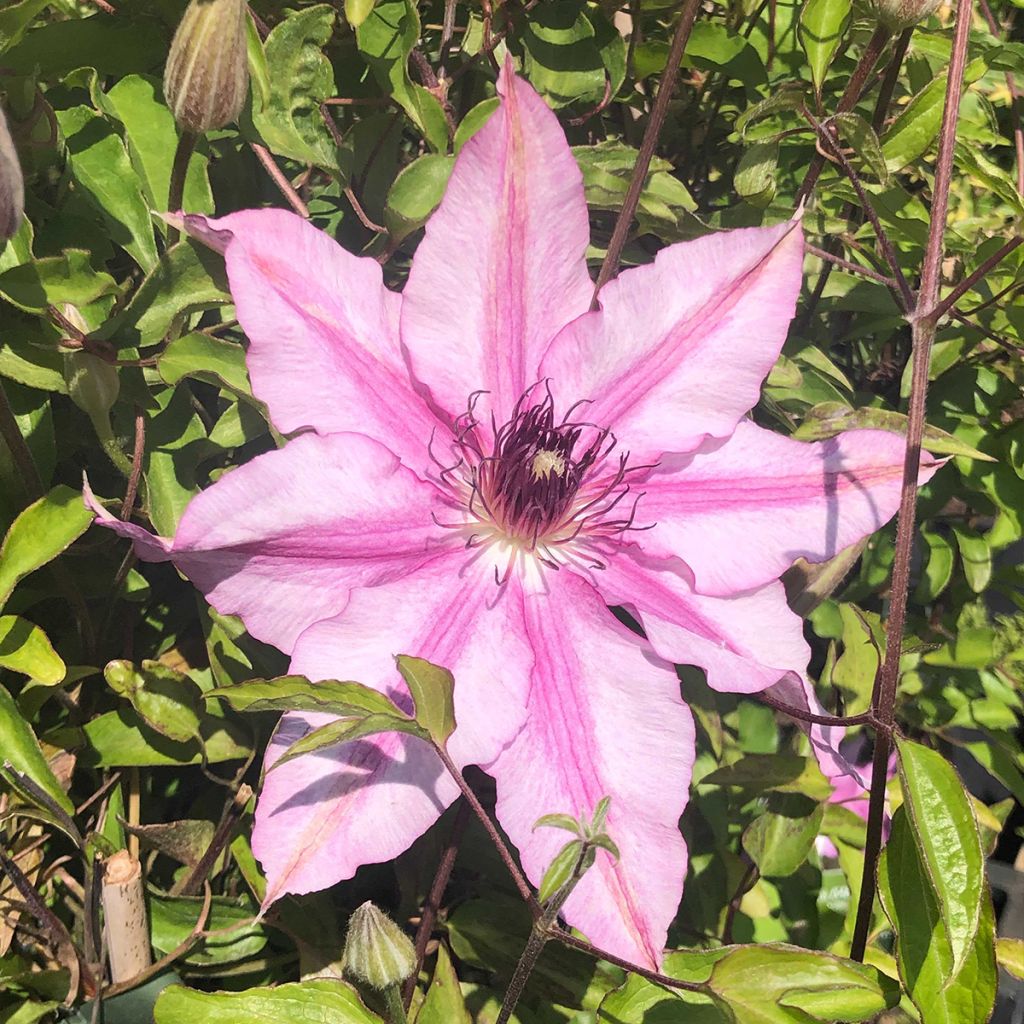

Clematis patens Isabella (Zo12220)
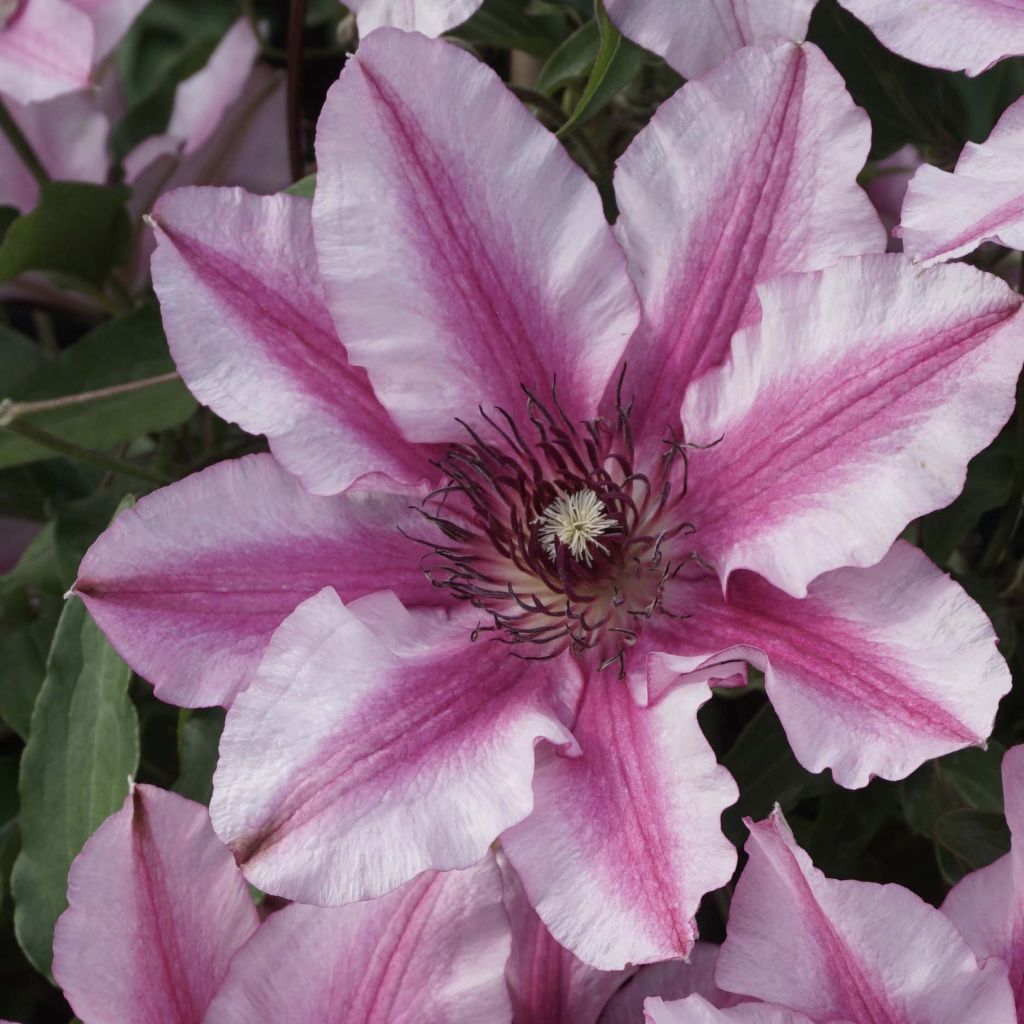

Clematis patens Isabella (Zo12220)
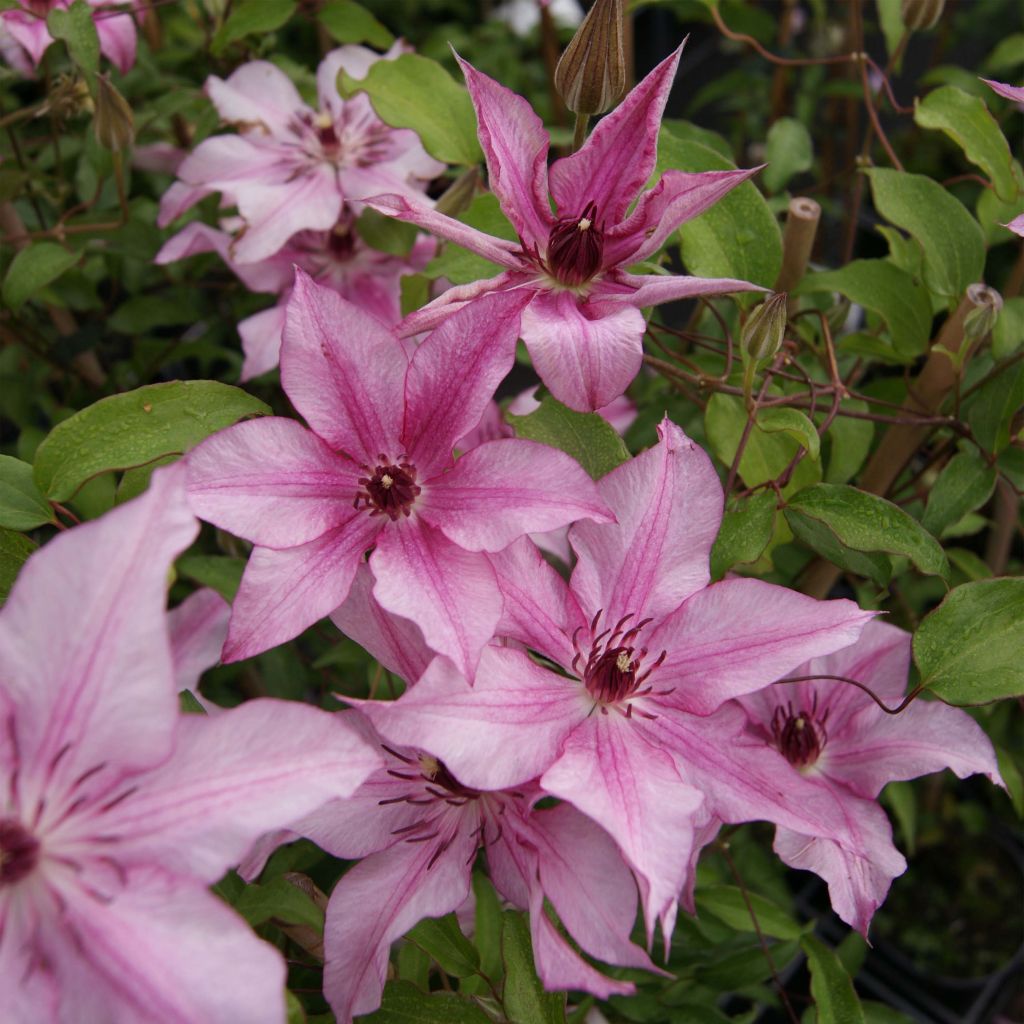

Clematis patens Isabella (Zo12220)
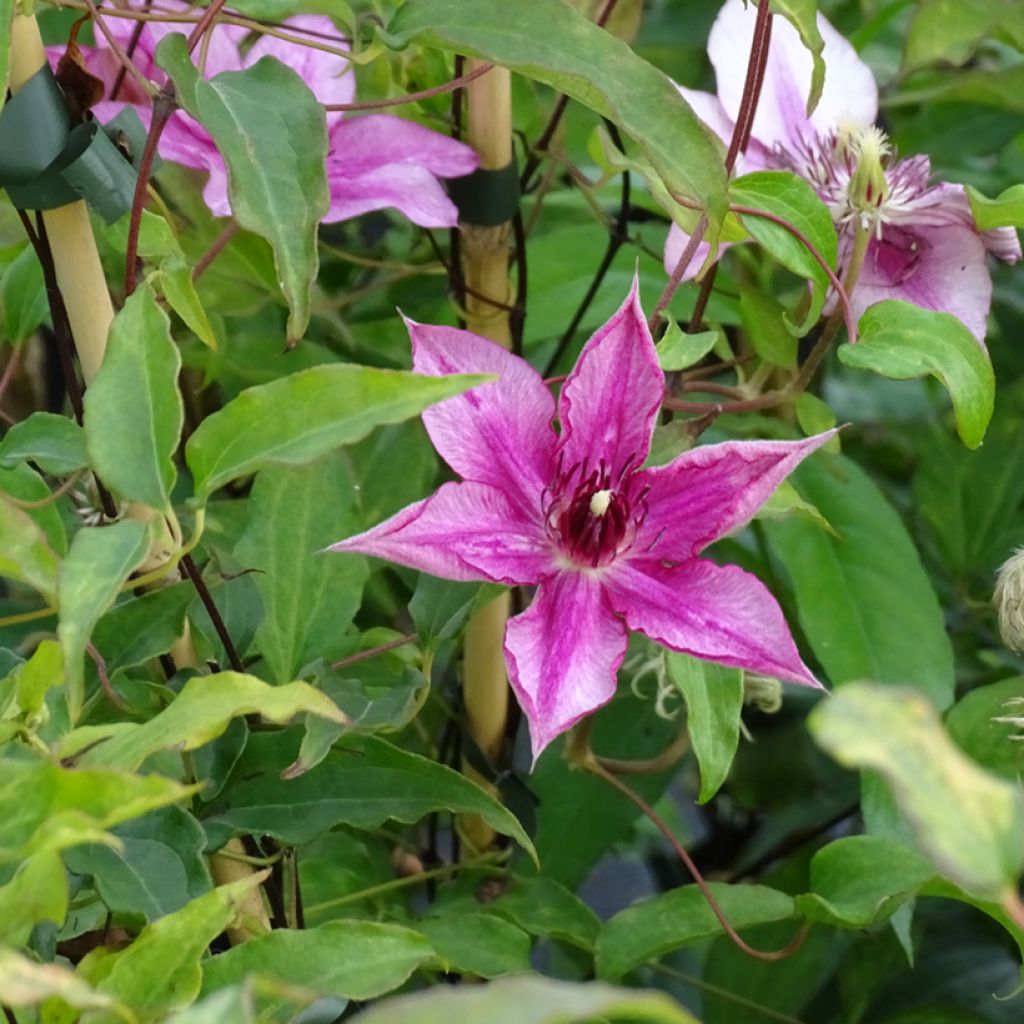

Clematis patens Isabella (Zo12220)
Clematis patens Isabella (Zo12220)
Clematis patens Isabella (Zo12220)
Early Large-flowered Clematis
Arrived tired, but I immediately replanted them and it's good, it has started growing again, it's budding.
Nadine, 03/05/2023
This item cannot be shipped to the selected country
Delivery charge from €5.90
More information
Schedule delivery date,
and select date in basket
This plant carries a 6 months recovery warranty
More information
We guarantee the quality of our plants for a full growing cycle, and will replace at our expense any plant that fails to recover under normal climatic and planting conditions.
From €5.90 for pickup delivery and €6.90 for home delivery
Express home delivery from €8.90.

Does this plant fit my garden?
Set up your Plantfit profile →
Description
This new Clematis 'Isabella', which does not exceed 2m (7ft), offers beautiful-sized flowers that can evoke a bouquet of undulating leaves, in two shades of pink; a median line and fine veins of a deep pink highlight the slightly purplish pink background of the petals. In the center of the corolla, a cluster of purple stamens reigns. It blooms early in the spring, generously, and again in late summer. With its modest growth, this small vine is ready to make its entrance in all gardens, but also on terraces and balconies, planted in a large pot.
Clematis belong to the Ranunculaceae family. They are found in Europe, the Himalayas, China, Australia, North and Central America. The 'Isabella' variety, introduced in the Netherlands in 2017, is a perfectly perennial, semi-woody and climbing plant, which will reach approximately 2m (7ft) in height, with a minimum spread of 1m (3ft). This clematis bears large flowers of quite an original shape, reaching 8 to 12cm (3 to 5in) in diameter, which appear on the previous year's shoots in May-June, and then on the current year's shoots in August-September depending on the climate. The flowers are solitary. They have 6 to 8 wide pointed tepals with undulating edges, slightly folded along the midrib, which slightly overlap. Their base colour is a lovely lilac pink with fine veins of rose-purple, marked by a central line of the same tone. The center of the flower is adorned with a beautiful crown of purple-tinted stamens. The flowering is followed by decorative silvery gray feathery fruits that persist until winter. The glabrous leaves are divided into 3 elliptical to lanceolate leaflets, dark green in colour. This clematis firmly attaches itself to the support or host plant through petioles transformed into tendrils.
Plant your clematis in the company of your climbing or rambling roses ('New Dawn', 'Mme Caroline Testout', 'Zéphirine Drouhin'), to extend the flowering of your walls and pergolas until the end of summer. It is a genus rich in diversity, with flowers in all colours, shapes, and sizes. Take advantage of their easy cultivation to give your garden a romantic and bohemian touch. 'Isabella' will pair well with the blue flowers of the Hudson River clematis, the purple ones of Romantika, or the white ones of the 'Superba' or 'Miss Bateman' varieties, for climbing a fence or covering a wall exposed to the morning sun. Sweet peas also accompany small clematis, providing fragrance.
Tips: Avoid excessive fertilization that stimulates foliage growth at the expense of flowers. Do not mulch to avoid excessive moisture.
Report an error about the product description
Clematis patens Isabella (Zo12220) in pictures
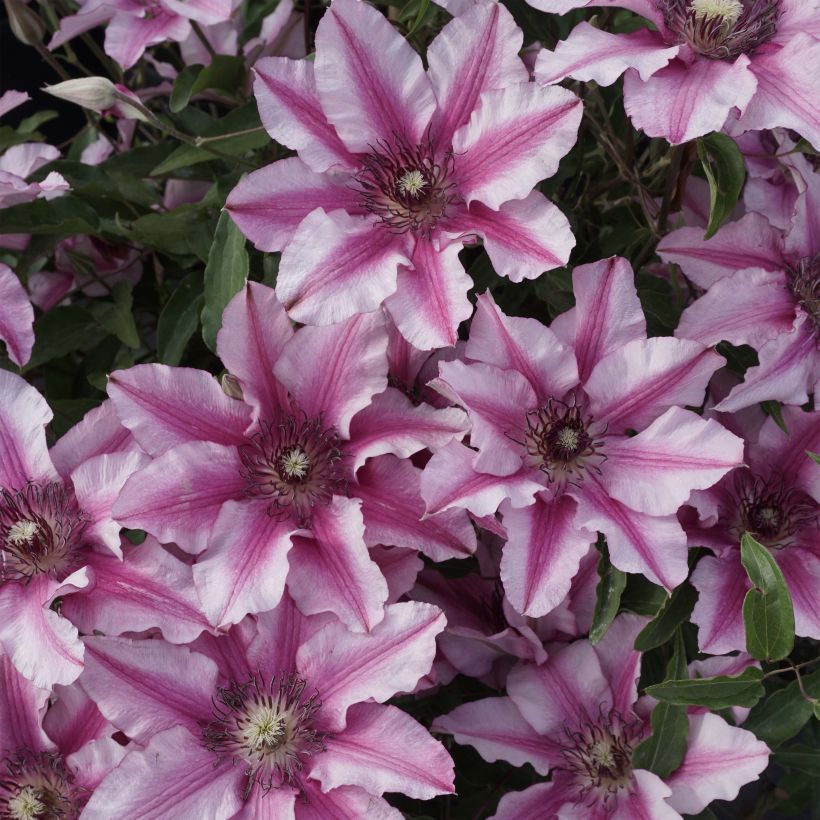

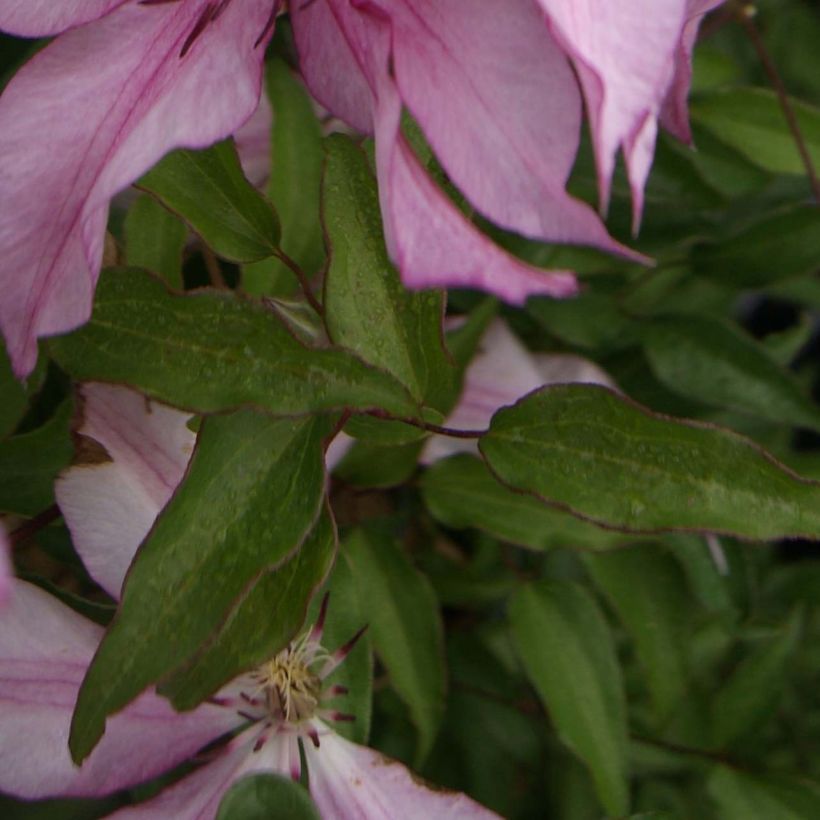

Plant habit
Flowering
Foliage
Botanical data
Clematis
patens
Isabella (Zo12220)
Ranunculaceae
Early Large-flowered Clematis
Cultivar or hybrid
Other Clematis A to Z
Planting and care
The 'Isabella' Clematis will appreciate a sunny or lightly shaded position. Plant it in a fertile, humus-rich, well-drained soil, shading the roots and the base of the stem (with a flat tile, for example). Clematis wilts in overly wet soil. Install it, with the root ball at an angle, covering it with 3 cm (1in) of soil, in a well-worked soil, lightened with good compost and coarse sand. After planting, cut back the clematis stems to about 30 cm (12in) above a nice pair of buds. During the first few weeks, water regularly. However, be careful not to let the water stagnate as this can cause a fungus to develop at the collar. Mulch all clematis in February with garden compost or well-decomposed manure, avoiding direct contact with the stems. Train the stems, without squeezing them, until the plant grips itself. Clematis also like to grow freely on neighboring plants. After a few years, cover the base of your climbing clematis with a small mound of soil, this will reduce the risk of wilting while promoting the growth of vigorous shoots from the stump. Voles and grey worms can attack clematis and devour the stems. Aphids and greenhouse whiteflies are also potential parasites of clematis.
Planting period
Intended location
Care
-
, onOrder confirmed
Reply from on Promesse de fleurs
Clematis
Haven't found what you were looking for?
Hardiness is the lowest winter temperature a plant can endure without suffering serious damage or even dying. However, hardiness is affected by location (a sheltered area, such as a patio), protection (winter cover) and soil type (hardiness is improved by well-drained soil).

Photo Sharing Terms & Conditions
In order to encourage gardeners to interact and share their experiences, Promesse de fleurs offers various media enabling content to be uploaded onto its Site - in particular via the ‘Photo sharing’ module.
The User agrees to refrain from:
- Posting any content that is illegal, prejudicial, insulting, racist, inciteful to hatred, revisionist, contrary to public decency, that infringes on privacy or on the privacy rights of third parties, in particular the publicity rights of persons and goods, intellectual property rights, or the right to privacy.
- Submitting content on behalf of a third party;
- Impersonate the identity of a third party and/or publish any personal information about a third party;
In general, the User undertakes to refrain from any unethical behaviour.
All Content (in particular text, comments, files, images, photos, videos, creative works, etc.), which may be subject to property or intellectual property rights, image or other private rights, shall remain the property of the User, subject to the limited rights granted by the terms of the licence granted by Promesse de fleurs as stated below. Users are at liberty to publish or not to publish such Content on the Site, notably via the ‘Photo Sharing’ facility, and accept that this Content shall be made public and freely accessible, notably on the Internet.
Users further acknowledge, undertake to have ,and guarantee that they hold all necessary rights and permissions to publish such material on the Site, in particular with regard to the legislation in force pertaining to any privacy, property, intellectual property, image, or contractual rights, or rights of any other nature. By publishing such Content on the Site, Users acknowledge accepting full liability as publishers of the Content within the meaning of the law, and grant Promesse de fleurs, free of charge, an inclusive, worldwide licence for the said Content for the entire duration of its publication, including all reproduction, representation, up/downloading, displaying, performing, transmission, and storage rights.
Users also grant permission for their name to be linked to the Content and accept that this link may not always be made available.
By engaging in posting material, Users consent to their Content becoming automatically accessible on the Internet, in particular on other sites and/or blogs and/or web pages of the Promesse de fleurs site, including in particular social pages and the Promesse de fleurs catalogue.
Users may secure the removal of entrusted content free of charge by issuing a simple request via our contact form.
The flowering period indicated on our website applies to countries and regions located in USDA zone 8 (France, the United Kingdom, Ireland, the Netherlands, etc.)
It will vary according to where you live:
- In zones 9 to 10 (Italy, Spain, Greece, etc.), flowering will occur about 2 to 4 weeks earlier.
- In zones 6 to 7 (Germany, Poland, Slovenia, and lower mountainous regions), flowering will be delayed by 2 to 3 weeks.
- In zone 5 (Central Europe, Scandinavia), blooming will be delayed by 3 to 5 weeks.
In temperate climates, pruning of spring-flowering shrubs (forsythia, spireas, etc.) should be done just after flowering.
Pruning of summer-flowering shrubs (Indian Lilac, Perovskia, etc.) can be done in winter or spring.
In cold regions as well as with frost-sensitive plants, avoid pruning too early when severe frosts may still occur.
The planting period indicated on our website applies to countries and regions located in USDA zone 8 (France, United Kingdom, Ireland, Netherlands).
It will vary according to where you live:
- In Mediterranean zones (Marseille, Madrid, Milan, etc.), autumn and winter are the best planting periods.
- In continental zones (Strasbourg, Munich, Vienna, etc.), delay planting by 2 to 3 weeks in spring and bring it forward by 2 to 4 weeks in autumn.
- In mountainous regions (the Alps, Pyrenees, Carpathians, etc.), it is best to plant in late spring (May-June) or late summer (August-September).
The harvesting period indicated on our website applies to countries and regions in USDA zone 8 (France, England, Ireland, the Netherlands).
In colder areas (Scandinavia, Poland, Austria...) fruit and vegetable harvests are likely to be delayed by 3-4 weeks.
In warmer areas (Italy, Spain, Greece, etc.), harvesting will probably take place earlier, depending on weather conditions.
The sowing periods indicated on our website apply to countries and regions within USDA Zone 8 (France, UK, Ireland, Netherlands).
In colder areas (Scandinavia, Poland, Austria...), delay any outdoor sowing by 3-4 weeks, or sow under glass.
In warmer climes (Italy, Spain, Greece, etc.), bring outdoor sowing forward by a few weeks.

































